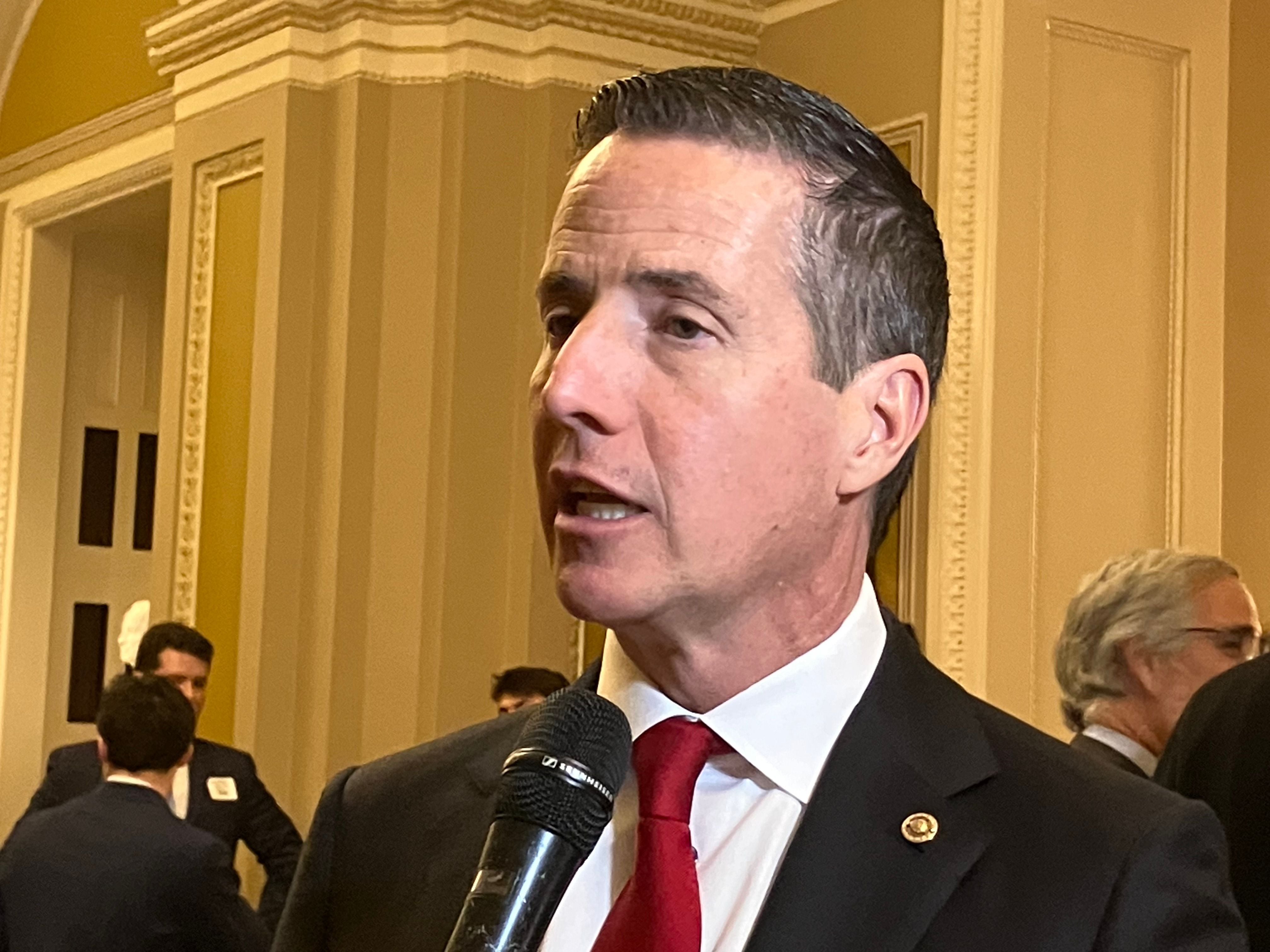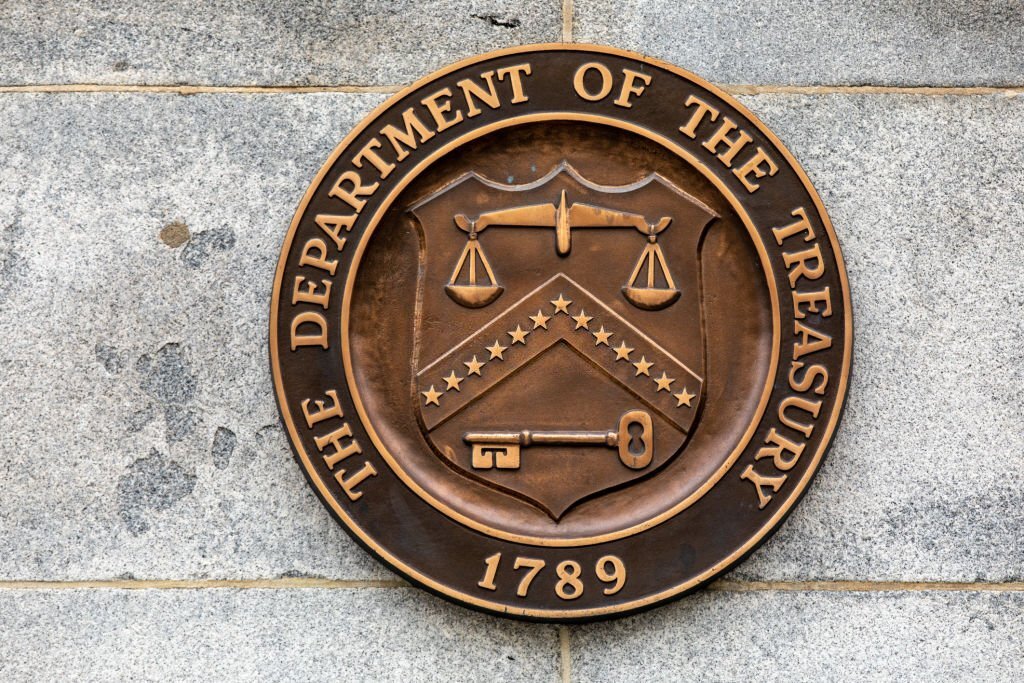- This article was provided by the Illinois CPA Society.
Tax season may be in full swing, but there’s still time to make a smart money move that often goes overlooked by taxpayers eager to file their tax returns and pocket their refunds: saving for retirement.
For those looking to lower their tax bills and boost their financial fitness for 2023 and beyond, making a last-minute individual retirement account (IRA) contribution for the 2022 tax year—which can be done right up until the income tax filing deadline of April 18, 2023, in most cases—could be worthwhile. Here’s what to know.
Contributions to Traditional IRAs
Contributions to a traditional IRA are often eligible for a full or partial tax deduction. The ability to deduct traditional IRA contributions to lower one’s taxable income and, hopefully, increase their tax refund, ultimately depends on the taxpayer’s earned income level and other factors, such as whether they—or their spouse—are covered by a 401(k) or other workplace retirement plan.
Taxpayers are eligible to contribute to a traditional IRA regardless of whether they also contribute to an employer-sponsored 401(k), and 401(k) contributions do not affect limits on the IRA contributions. However, if either the taxpayer or their spouse is covered by a workplace retirement plan, eligibility for tax deductible contributions begins to phase out at certain income levels.
For eligible taxpayers, the contribution limit to keep in mind for the 2022 tax year is $6,000 for those younger than age 50 or $7,000 for those age 50 and older (the latter are eligible for catch-up contributions). Note that this limit applies to the combination of both traditional and Roth IRA contributions, and the combined contribution amount also cannot exceed one’s earned income.
For the 2022 tax year, a single taxpayer covered by a workplace retirement plan can take a full deduction for their traditional IRA contributions if their modified adjusted gross income (MAGI) is below $68,000, or a partial deduction if their MAGI is between $68,000 and $78,000. The tax deduction is eliminated for those with MAGI of more than $78,000. For a single taxpayer not covered by a workplace retirement plan, a full tax deduction is permitted regardless of MAGI.
For married couples filing jointly, both spouses can deduct the full amount of their traditional IRA contributions if neither is covered by a workplace retirement plan regardless of joint MAGI. For married couples filing jointly with a spouse who is covered by a workplace retirement plan, a full deduction is allowed for the uncovered spouse if joint MAGI is $204,000 or less, while a partial deduction is allowed if joint MAGI is between $204,000 and $214,000, and no deduction is allowed if joint MAGI is more than $214,000. For the spouse covered by the workplace retirement plan, they can claim a full deduction for their traditional IRA contribution if joint MAGI is less than $109,000, with a reduced deduction allowed for those with joint MAGI between $109,000 and $129,000. No deduction is allowed for those with joint MAGI above $129,000.
Contributions to Self-Employed Retirement Accounts
Small business owners and the self-employed shouldn’t discount the tax benefits of saving for retirement, either. SEP (Simplified Employee Pension) IRAs can be created by employers and the self-employed and are funded with pre-tax contributions by the employer. Of note, the employer must make equal percentage contributions to all eligible employees, not just the business owner, which is why these plans are often favored by business owners that don’t have employees.
For those eligible, SEP-IRAs allow higher contribution limits than traditional IRAs. Contributions to an SEP-IRA cannot exceed 25% of the employee’s compensation (20% for the self-employed) or $61,000 for the 2022 tax year (plus an extra $6,500 catch-up contribution for those age 50 and older), whichever is lesser of the two. In many cases, SEP-IRA contributions for the 2022 tax year can be made as late as Oct. 16, 2023, as the deadline for establishing and funding an SEP-IRA coincides with the employer’s actual tax-filing deadline, including any extensions.
IRAs are a great savings vehicle for reducing one’s tax liability, but they have their nuances. When in doubt, know that a CPA—a certified public accountant—has your back. The Illinois CPA Society reminds taxpayers that while everyone’s financial situation and tax position is different, CPAs can help taxpayers strategically manage their taxes and personal finances during tax season and all year long. The Illinois CPA Society’s free “Find a CPA” directory can help taxpayers find the trusted, strategic advisor that’s right for them based on location, types of services needed, and languages spoken. Find your CPA at www.icpas.org/findacpa.
Thanks for reading CPA Practice Advisor!
Subscribe Already registered? Log In
Need more information? Read the FAQs
Tags: Benefits, Income Tax, IRS, Taxes




